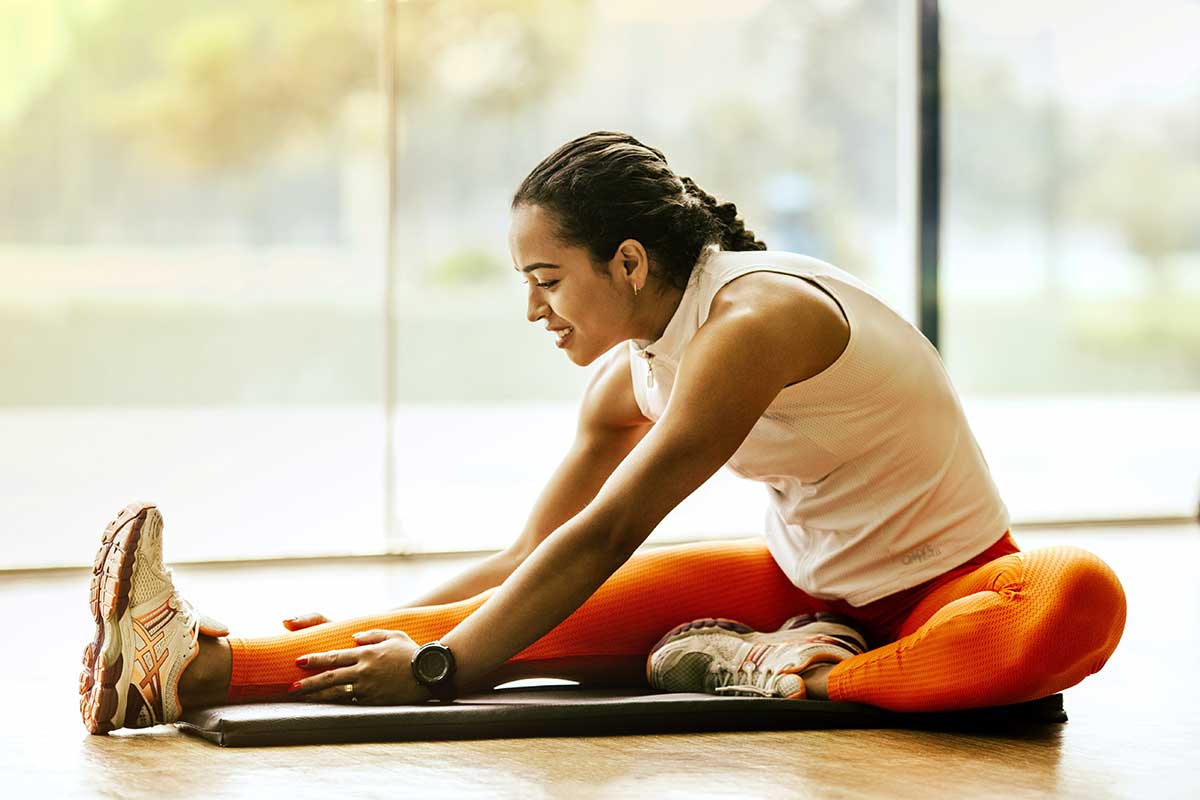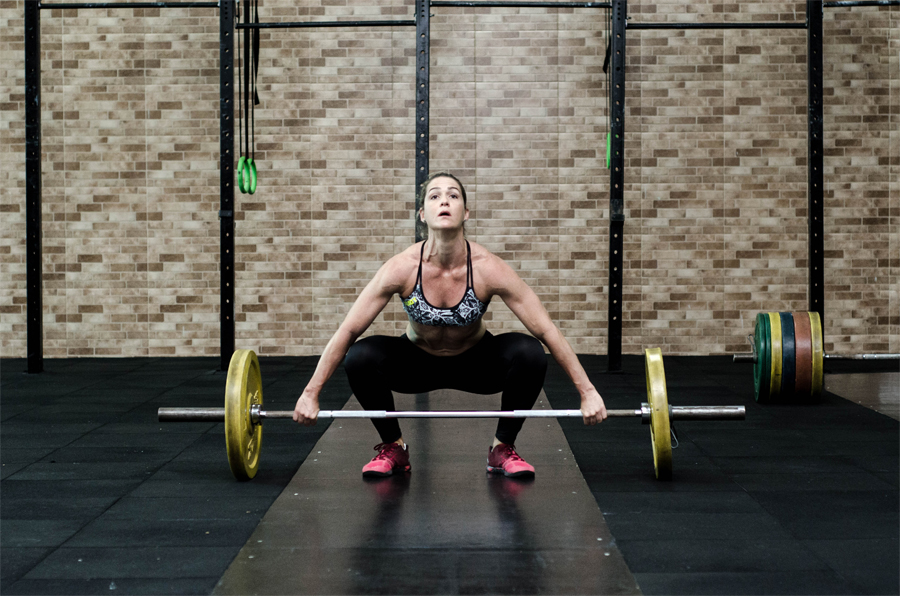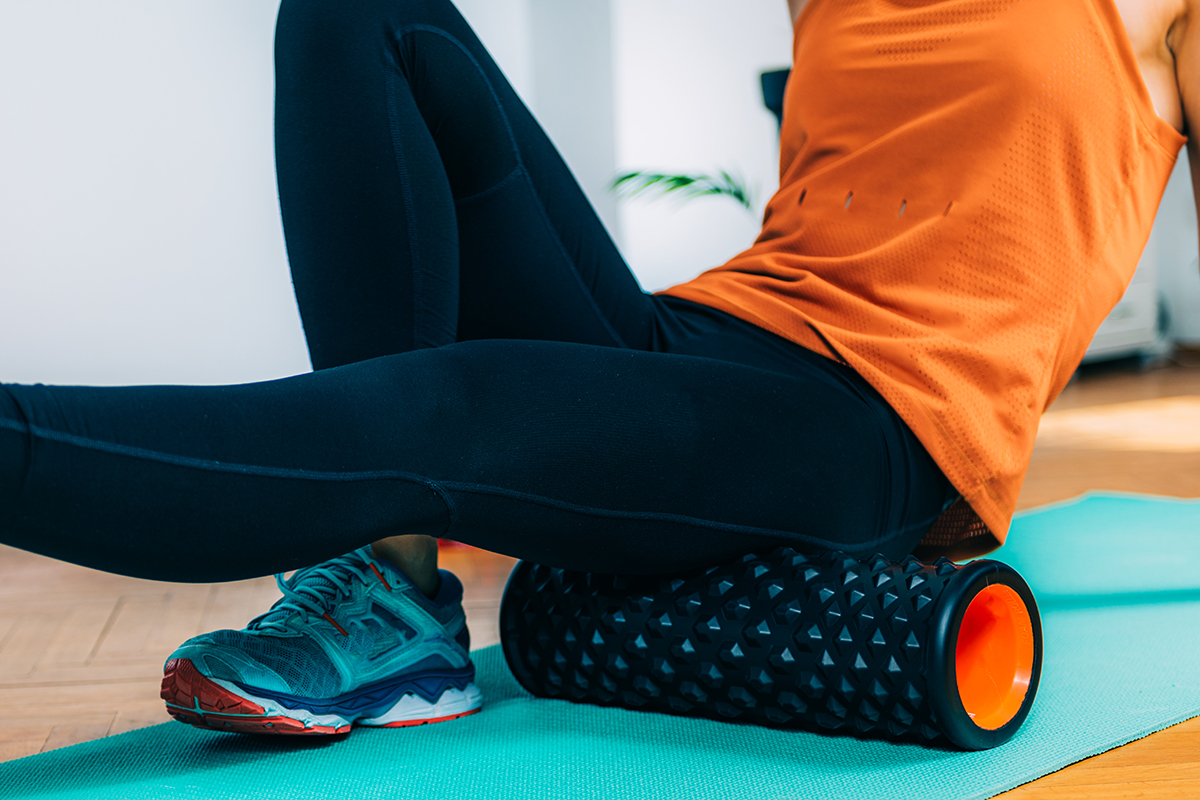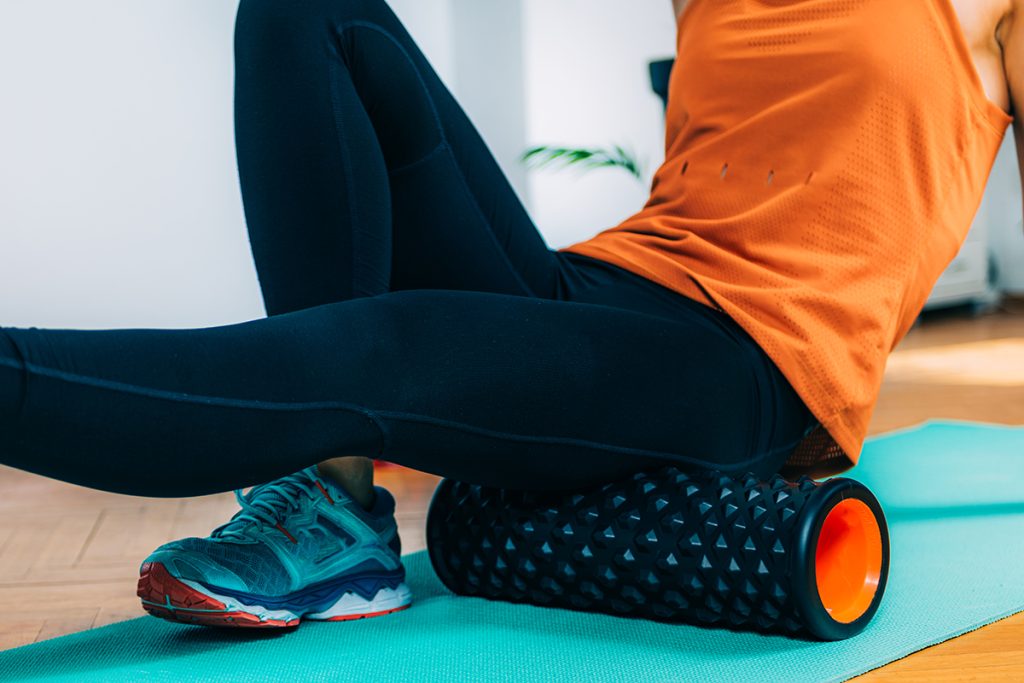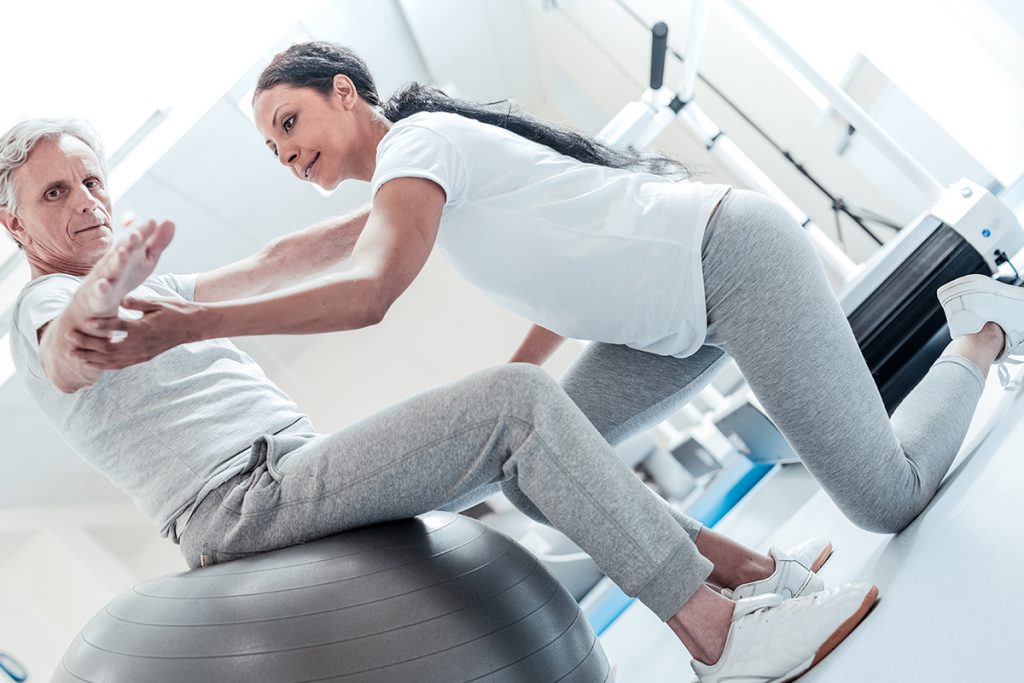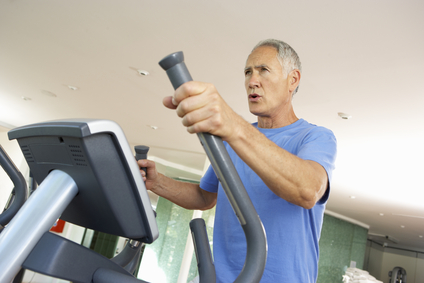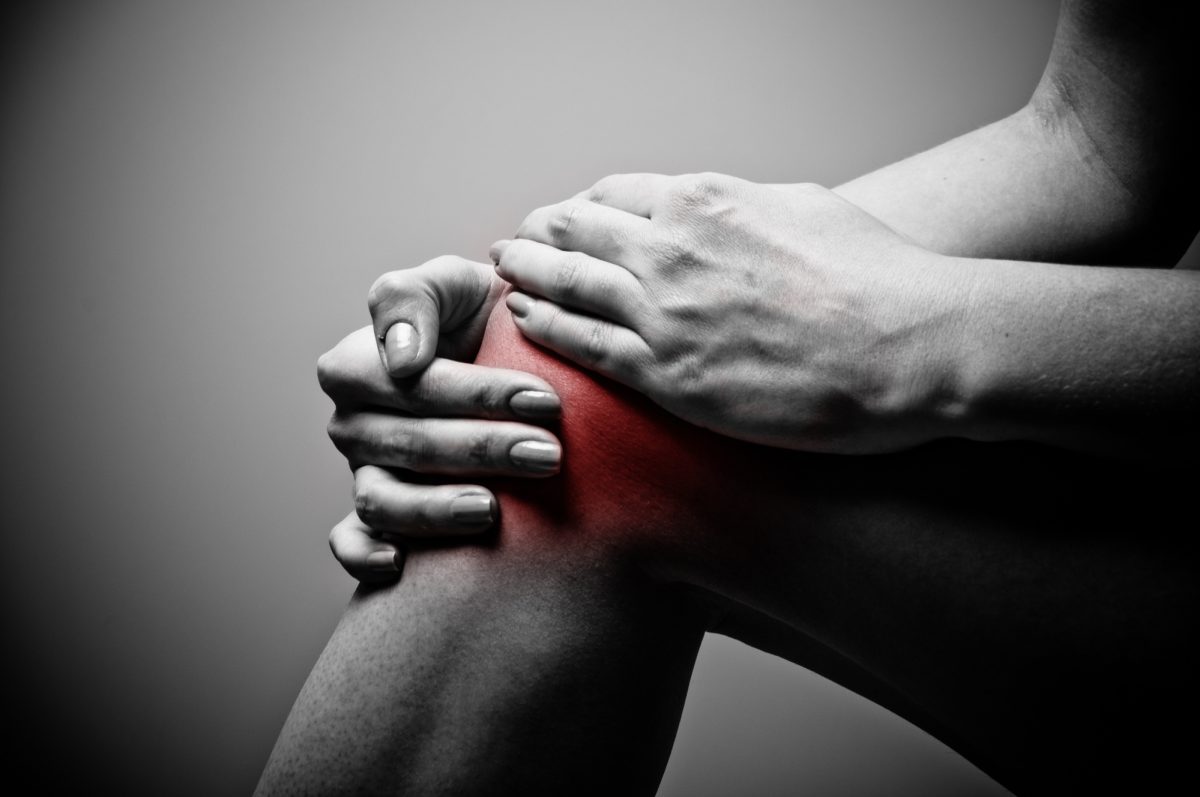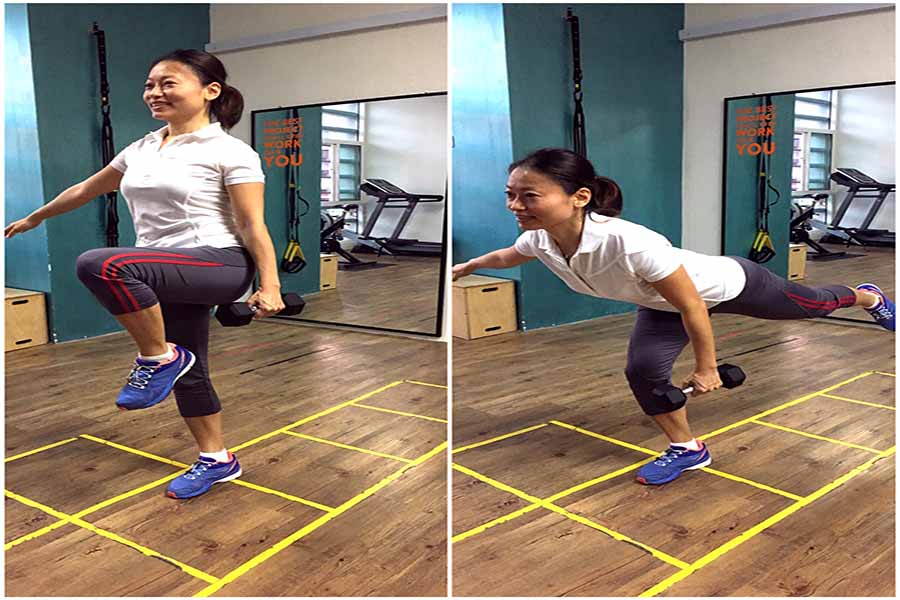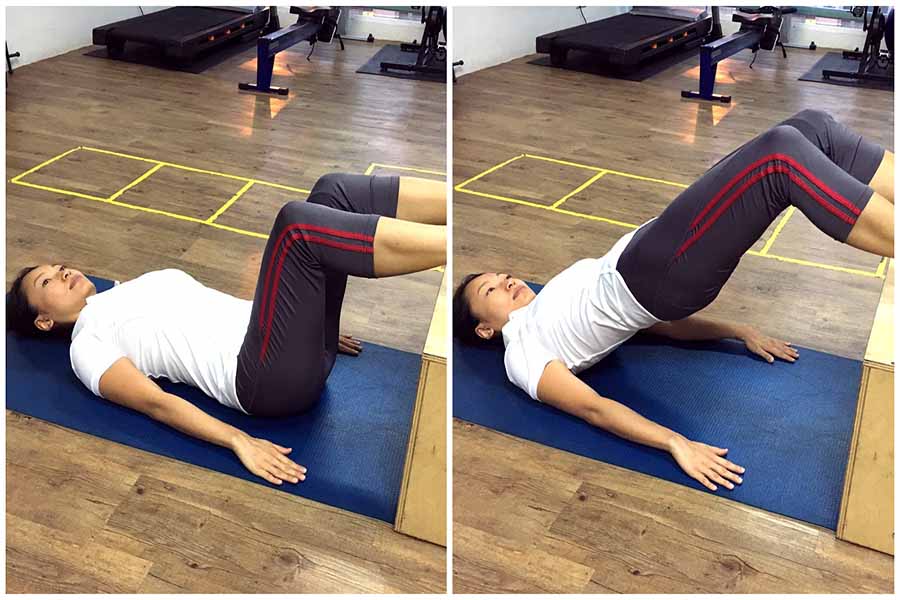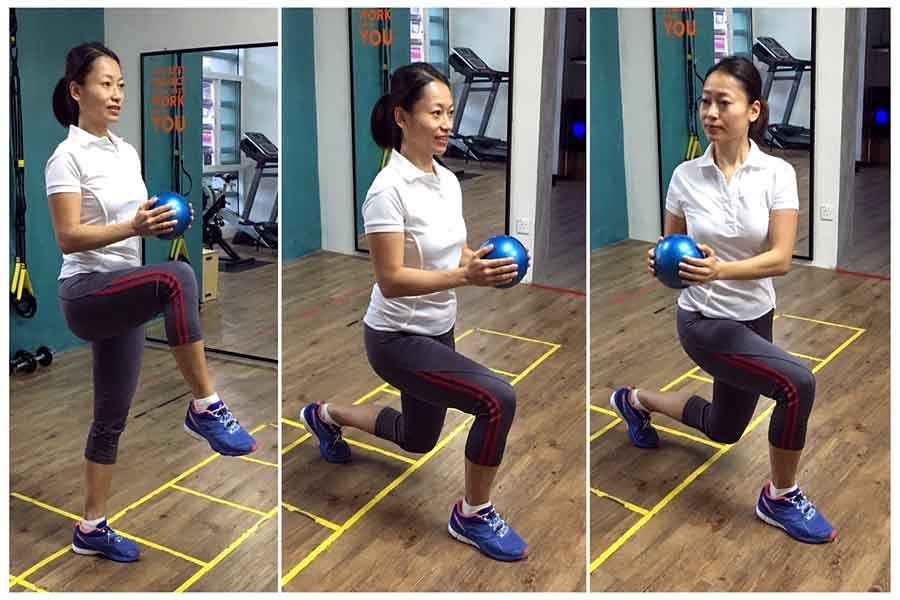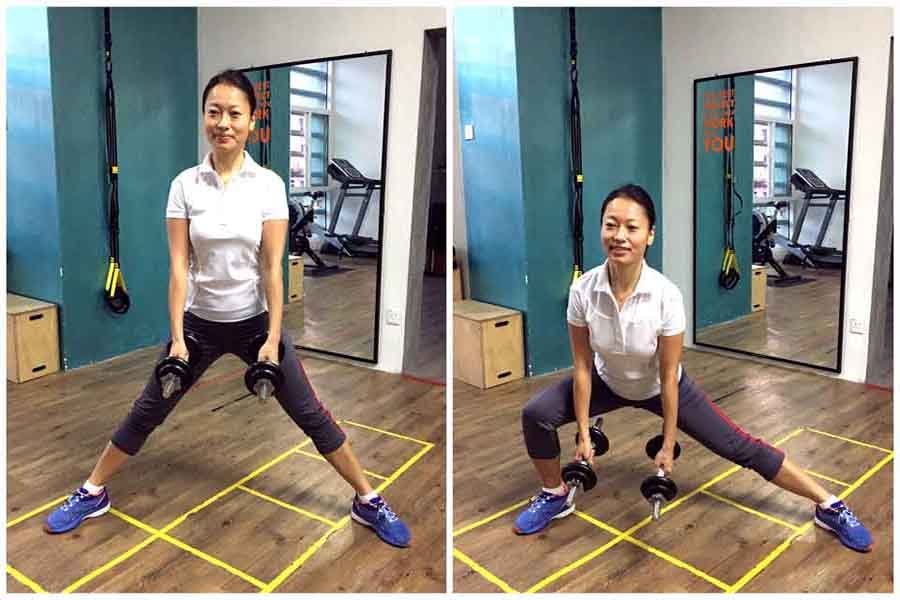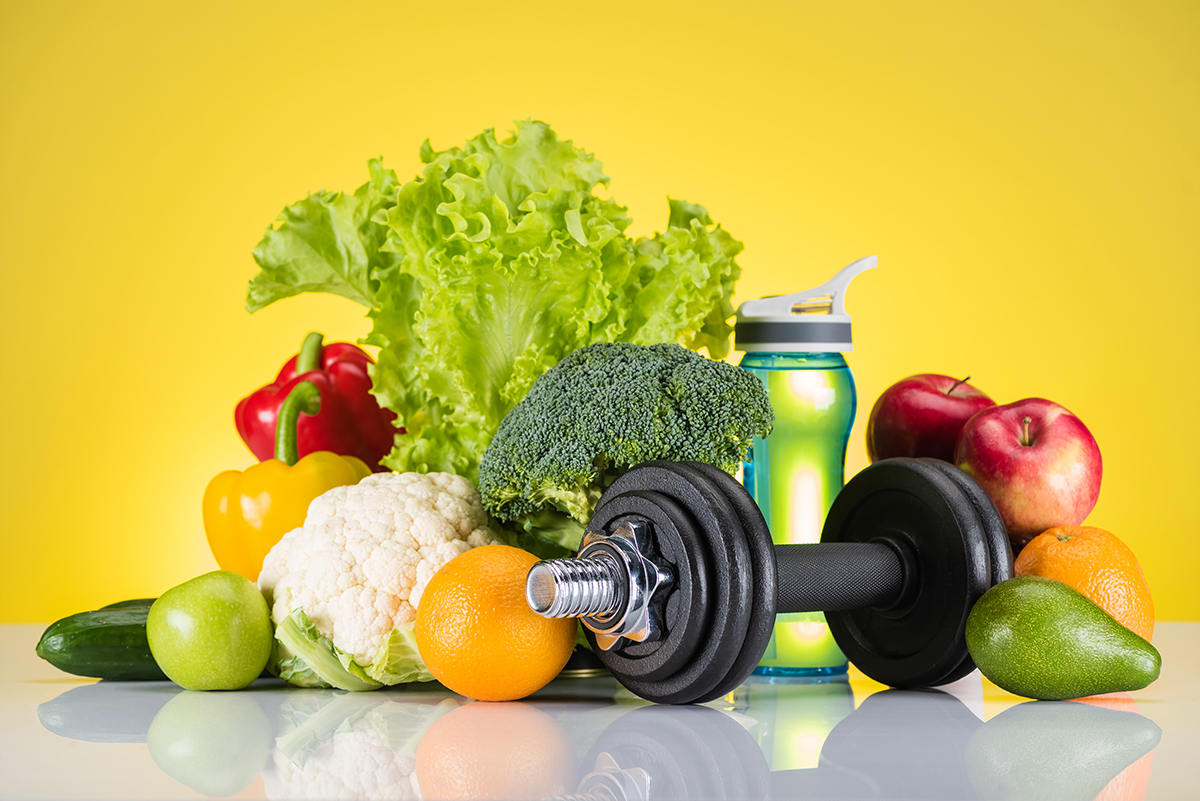The 5 Basics to Healthy Training and Preventing Injury
Warm Up. There are many schools of thought about warming up, however it is generally accepted that warming up muscles that will be used for a specific activity is a good way to avoid injuries such as muscle tears. A good warm up routine to use is to perform the activity you’ll be doing at about 1/3 to ½ the speed or intensity for 5 to 10 minutes.

